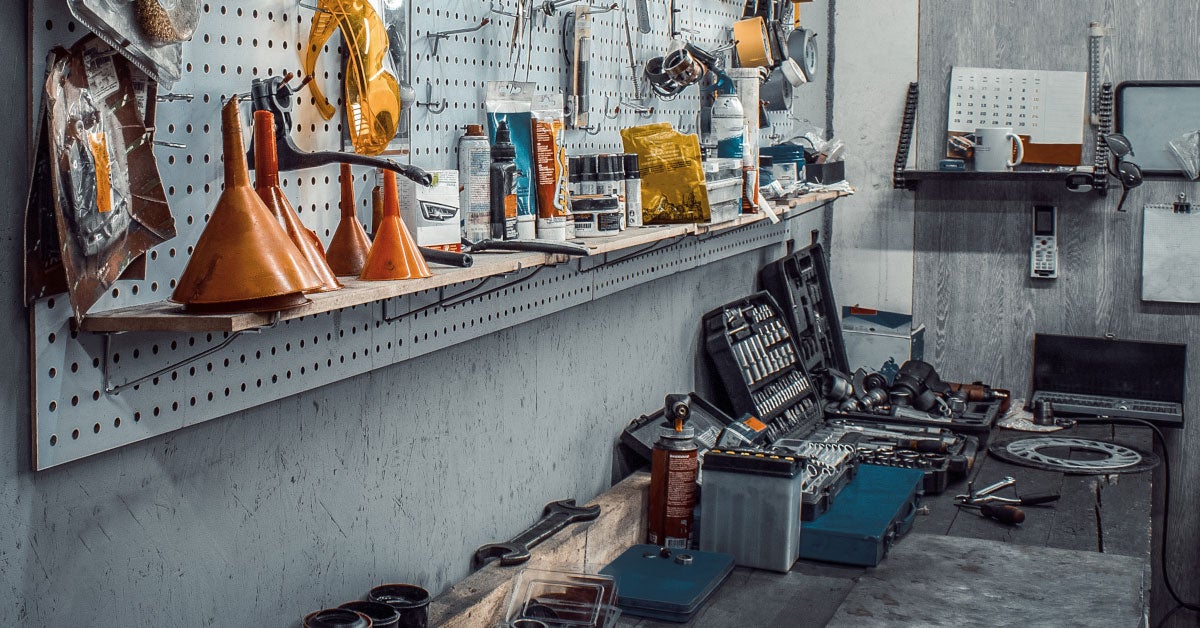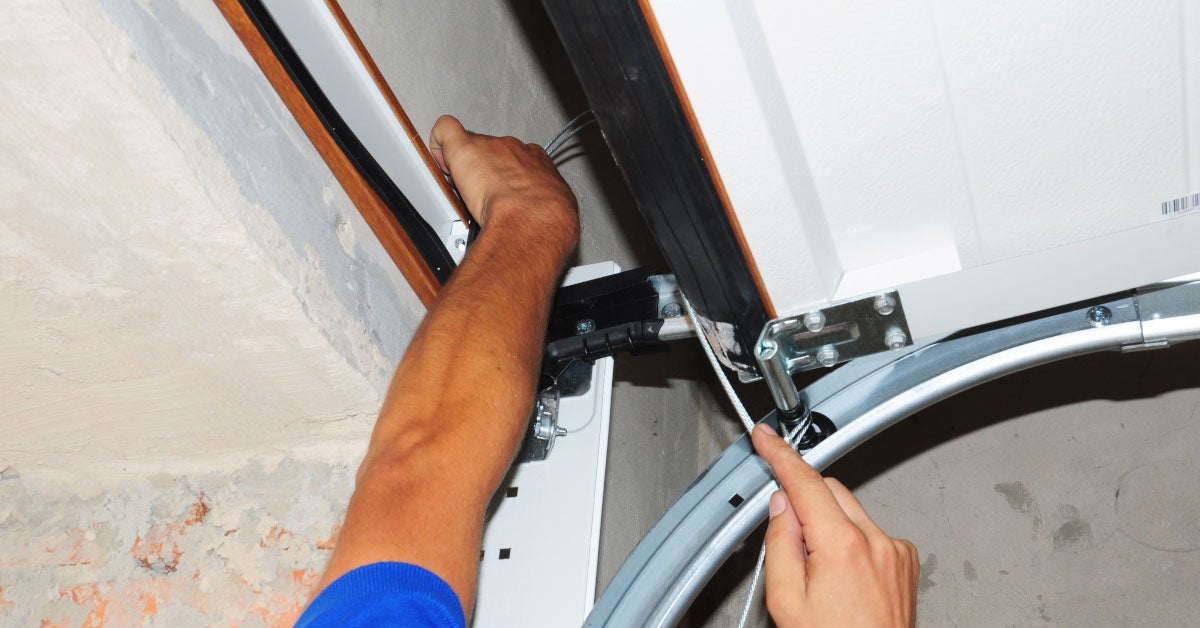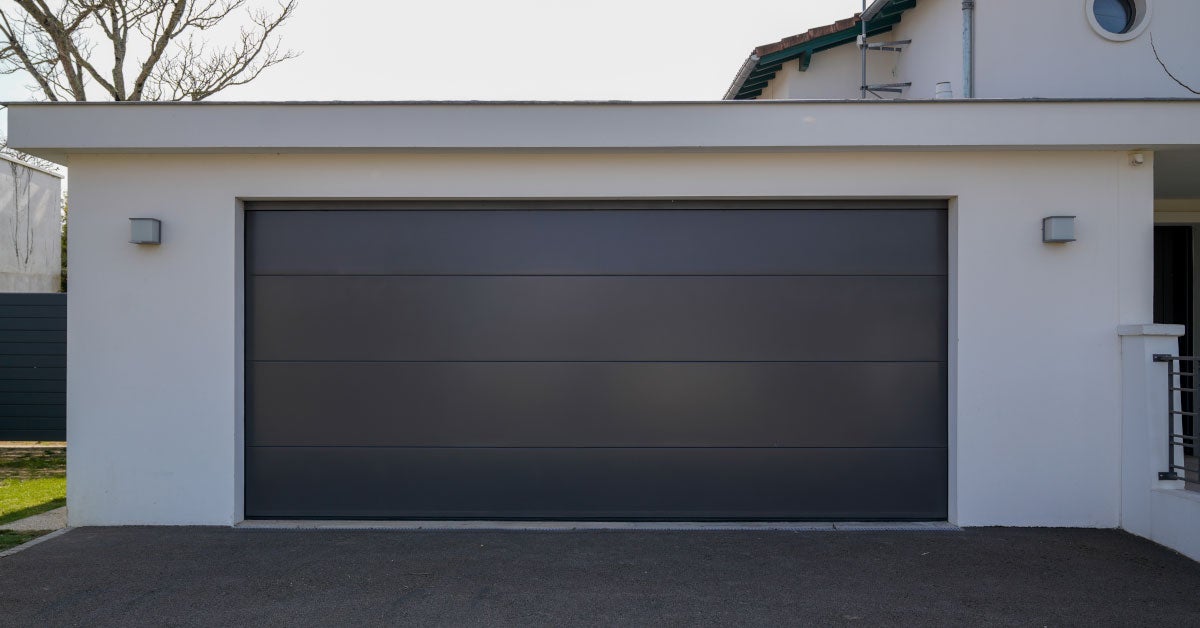-
Creating a Functional Garage Workshop: Layout and Storage Solutions

Your garage is more than just a place to park your car; it’s a canvas for creativity and a haven for hands-on projects. Whether it’s crafting a new piece of furniture or restoring a classic car, your garage can transform into a dynamic, multi-functional workshop where more ideas come to life and projects take shape.
Transforming this area into a functional workshop involves smart layout choices and innovative garage storage solutions. Keep reading as we guide you through the essentials of creating a functional garage workshop.
Consider the Ideal Workbench Placement
The heart of any functional garage workshop is the workbench. Ensure you place your workbench in a spot that maximizes natural light and provides ample space for movement. It should be sturdy, spacious, and accessible from all sides.
Aim for Efficient Use of Space
Maximizing every available space is crucial. You can utilize vertical space for storage, hanging tools, and organizing materials. Wall-mounted shelves and pegboards are excellent for keeping tools within reach yet out of the way.
Consider Smart Storage Solutions
Effective garage storage goes beyond stacking boxes in a corner. Incorporate cabinets, drawers, and shelving units to organize and protect your tools and materials.
Cabinets and drawers are perfect for storing smaller items and protecting them from dust. You should also designate specific areas for different categories of items, such as hardware, power tools, and painting supplies.
Incorporate Flexibility and Accessibility
A functional garage workshop should adapt to various projects. Consider incorporating mobile workbenches and storage solutions, such as rolling cabinets or tool chests.
These allow you to reconfigure your space based on the project at hand, providing both flexibility and efficiency. For accessibility, ensure that all tools and materials are easy to reach to maintain a smooth workflow.
Maintaining a Functional Garage
Keeping your garage workshop functional over time requires regular maintenance and organization. Dedicate time to clean and reorganize your space periodically. This practice prolongs the life of your tools and ensures your workshop remains a productive and enjoyable place to work.
Elevate Your Garage Workshop with Thomas V. Giel Garage Doors
Your journey to creating a functional garage workshop is an investment in your passions and projects. As you embark on this transformation, remember that the foundation of a functional garage lies not just in its interior but also in its exterior. The right garage door can enhance your space’s aesthetics and functionality.
At Thomas V. Giel Garage Doors, we are dedicated to helping you find the perfect door to complement your home and new workshop. From selecting the right style and construction to ensuring perfect installation, we’re here to guarantee your satisfaction. Contact us today to explore how we can enhance your garage’s functionality and aesthetics with the ideal garage door.
-
Fixing Noisy Garage Doors: Causes and Solutions

Have you ever been startled by the sudden, loud noise of your garage door opening or closing? It’s a common issue many homeowners face. A loud garage door not only disrupts the peace of your home but may also hint at underlying mechanical problems. In this article, we’ll explore various reasons behind a noisy garage door and offer effective solutions.
Identifying the Cause of the Noise
When your garage door opener starts making more noise than usual, it’s a sign that something’s amiss. Various factors contribute to a loud garage door. For instance, the noise could be due to loose hardware, which is a common issue.
Over time, the nuts and bolts on your garage door can loosen, causing the door to vibrate and produce a lot of noise. Another potential culprit is worn garage door rollers. As rollers age and wear down, they may start to grind against the tracks, leading to a noisy operation.
Bent tracks are another common cause of a noisy garage door. If the tracks are not properly aligned, they can create resistance and noise as the door moves. In some cases, you can straighten them out, but severely damaged tracks might need replacement. If your garage door has broken springs, it’ll also likely vibrate and produce noise.
Solutions for a Quieter Garage Door
Regular Maintenance and Inspection
Routine maintenance is essential for a quiet and efficient garage door. Regular inspections can help identify loose hardware, worn rollers, bent tracks, or broken springs before they cause significant issues.
Proper Lubrication
Ensuring that all moving parts of your garage door are well-lubricated is crucial. Adequate lubrication reduces friction and prevents the wear and tear that can lead to noise.
Professional Assessment
Sometimes, the issues causing a noisy garage door might be beyond the scope of DIY fixes. In such cases, it’s advisable to consult with a professional garage door service like Thomas V. Giel Garage Doors. Professionals can accurately diagnose the issue and provide efficient solutions.
Conclusion: Ensuring Peace and Safety
A loud garage door is not just a disturbance; it can also indicate potential safety risks. Regular maintenance, proper lubrication, and timely professional intervention can keep your garage door running smoothly and quietly. Remember, for any issues beyond basic maintenance, Thomas V. Giel Garage Doors is here to help.
-
Garage Door Materials: Comparing Steel, Wood, and Aluminum

When giving your home a facelift, few things are as impactful as a new garage door. It’s not just about aesthetics; the right door can enhance your home’s energy efficiency and overall value. But with so many materials available, how do you choose the best one for your remodel? Let’s dive into the pros and cons of steel, wood, and aluminum garage doors.
Steel: The Strong and Reliable Choice
Durability and Maintenance: Steel is renowned for its strength and durability. It’s resistant to warping, rotting, and insects, making it a long-lasting option. Most steel doors are also low-maintenance, requiring only occasional cleaning to look their best.
Energy Efficiency: Many steel doors come as insulated garage doors, which are excellent for energy efficiency. Insulation can help maintain temperature in your garage, leading to lower energy bills.
Aesthetic and Design: Steel doors offer a variety of designs and finishes, including options that mimic wood. However, they can be prone to dents and scratches, and cheaper models may rust over time.
Wood: The Classic and Elegant Choice
Aesthetic Appeal: Wood doors are the go-to for a classic and elegant look. They come in a variety of styles, from traditional to contemporary, and can be custom-made to fit any design preference.
Maintenance Needs: The downside is maintenance. Wood doors need regular care, including painting or staining every few years to prevent warping, rotting, or cracking.
Aluminum: The Modern and Lightweight Choice
Durability and Design: Aluminum doors are known for their rust resistance and modern look. They are lightweight, which puts less strain on the operating mechanism, extending its lifespan.
Energy Efficiency: While not as efficient as steel, aluminum doors can be insulated to improve energy efficiency, and a professional company like Thomas V. Giel Garage Doors can have one customized for you.
Conclusion: Choose What Fits Your Home Best
Your garage door is more than just an entry point; it’s a statement about your home. Whether you opt for the strength of steel, the elegance of wood, or the modern appeal of aluminum, ensure it aligns with your home’s style and your remodel goals.
Ready to transform your home? Visit Thomas V. Giel Garage Doors for a range of options that blend style, durability, and efficiency.
